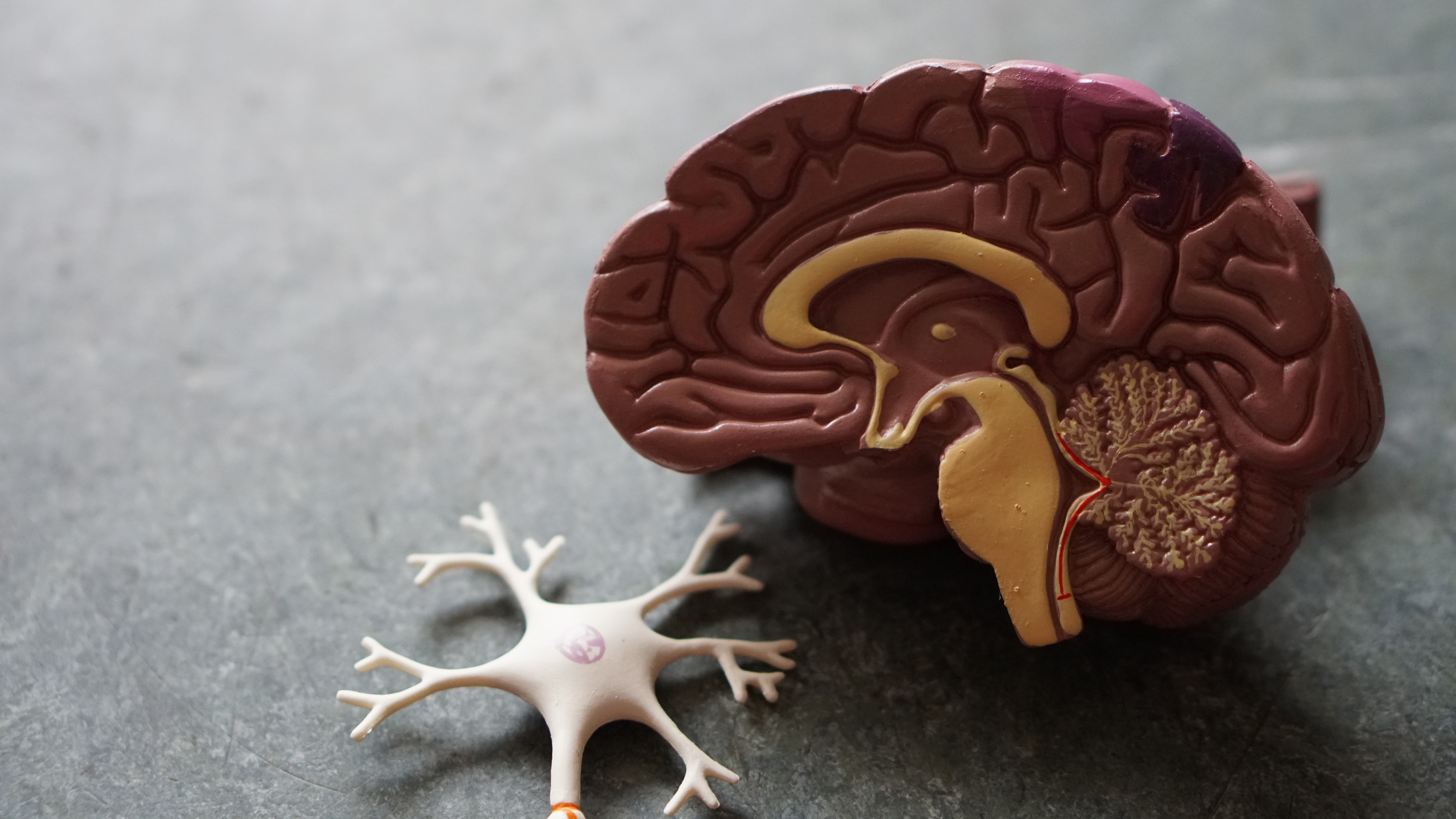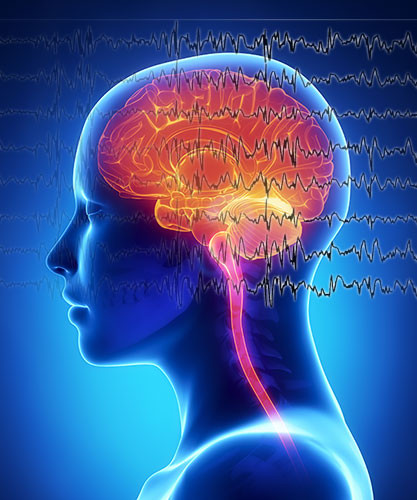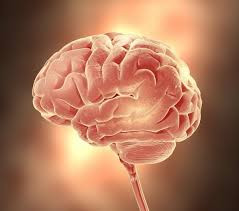Definition
A Transient Ischemic Attack (TIA) is a brief stroke-like event that typically lasts a few minutes, usually less than two hours, though in some cases, it can extend up to 24 hours. TIA does not cause permanent damage to the body, but it serves as a critical warning sign. Immediate monitoring is essential, as nearly half of all strokes occur within 24 hours after a TIA. Therefore, TIA is a medical emergency that must be taken seriously.
Causes
TIA is caused by a temporary blockage in the blood vessels supplying the brain, often due to a blood clot, air bubble, or fatty plaque. Unlike a stroke, the blockage in TIA is brief, allowing blood flow to resume quickly, thus preventing significant or permanent brain damage.
Risk factor
While TIA can affect anyone, certain factors increase its likelihood:
- Age: Risk increases after 55.
- Smoking.
- High blood pressure.
- Obesity.
- High cholesterol levels.
- Diabetes.
- Excessive alcohol consumption.
Symptoms
The key symptoms of TIA can be remembered by the acronym "FAST":
- Face: Drooping on one side, difficulty smiling, or problems closing the eye.
- Arms: Inability to raise both arms due to weakness or numbness.
- Speech: Slurred, confused speech, or inability to speak.
- Time: Immediate medical attention is required if these symptoms occur.
Additional symptoms may include:
- Weakness on one side of the body.
- Sudden vision loss or blurred vision.
- Vertigo or loss of balance.
- Dizziness.
- Memory problems.
- Difficulty understanding speech.
- Trouble swallowing (dysphagia).
Diagnosis
Diagnosis of TIA often occurs after symptoms have resolved. Upon suspicion of TIA or stroke, vital signs are assessed, including temperature, blood pressure, heart rate, respiratory rate, and oxygen saturation. Diagnostic tools may include:
- Fundoscopy: Examines the back of the eye to assess blood vessels, especially in patients with hypertension or diabetes.
- CT Scan: Provides images of bones and soft tissues; a CT angiogram may assess blood vessels leading to the brain.
- MRI: Offers detailed images of brain tissue, useful in assessing TIA.
- Doppler Ultrasound: Evaluates blood vessels, particularly in the neck.
- Laboratory Tests: Blood tests may reveal underlying causes, such as infections or blood disorders. Additional tests may include electrolyte levels, blood glucose, cholesterol, and cardiac enzymes.
Management
Treatment for TIA varies based on age and medical history and includes:
- Symptom evaluation and severity assessment during the TIA.
- Hospitalization for patients with a history of TIA, heart disease, or blood clotting disorders.
- Stroke prevention therapy, including antithrombotic treatment under medical supervision, for those at high risk of recurrent TIA or stroke.
Complications
TIA does not cause permanent damage but can recur, signalling a high risk of future stroke.
Prevention
Preventive measures include:
- Quitting smoking: Smoking damages arteries, increasing the risk of blood clots.
- Dietary changes: Reducing salt intake and consuming balanced portions of fruits and vegetables to manage blood pressure.
- Increased physical activity: Regular exercise lowers blood pressure and cholesterol.
- Regular medical check-ups: Routine monitoring for conditions like hypertension, high cholesterol, heart disease, and diabetes can help prevent TIA.
When to see a doctor?
Because TIA and stroke symptoms are often indistinguishable early on, immediate medical attention is crucial if you or someone nearby experiences:
- Sudden numbness in the face, arms, or legs, particularly on one side of the body.
- Confusion or difficulty speaking.
- Blindness in one or both eyes.
- Sudden, severe headache without a known cause.
Prompt treatment is vital in preventing more extensive damage from TIA or stroke.
Looking for more information about other diseases Click here!
- dr Nadia Opmalina
- Transient ischaemic attack (TIA) - Causes. nhs.uk. (2021).
- Panuganti, K., Tadi, P., & Lui, F. (2021). Transient Ischemic Attack. Ncbi.nlm.nih.gov.
- Nanda, A. (2021). Transient Ischemic Attack: Practice Essentials, Background, Pathophysiology. Emedicine.medscape.com.
- MRI - Mayo Clinic. Mayoclinic.org. (2021).
- CT scan - Mayo Clinic. Mayoclinic.org. (2021).
- Stroke Signs and Symptoms | cdc.gov. Cdc.gov. (2021).












